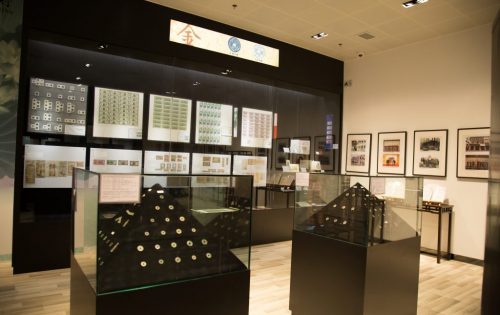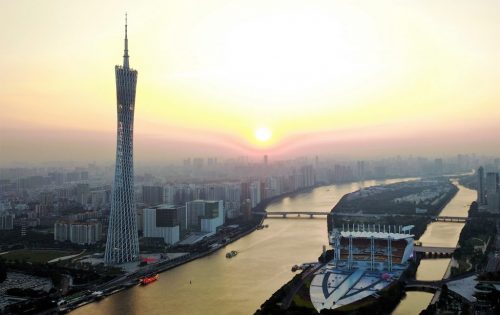Academia Jao Tsung‑I remembers China’s “master of sinology”
Academia Jao Tsung‑I, opened in August 2015 and houses 400 paintings and 75 artworks.
Academia Jao Tsung‑I, opened in August 2015 and houses 400 paintings and 75 artworks.

The Currency Museum at the University of Macau showcases currencies of all eras.

Pastelaria Chui Heong opened in 1958 and is the last shop of its kind in Macao.

Fitting imageries for an excerpt from Viola Chinesa by Camilo Pessanha, a Portuguese poet who spent much of his life in Macao, itself a compelling blend of Chinese and Portuguese influences.

The centre for technology innovation in China, Guangzhou is moving into a leadership position in the Guangdong‑Hong Kong‑Macao Greater Bay Area project.

The new campus took four years of construction, beginning in 2013, at a cost of around MOP600 million (US$74.6 million).

Club Lusitano, one of Hong Kong’s oldest private clubs with a history of 151 years, has over 500 members, of whom 270 are active.
The abacus has been a tool of calculation widely used in China for nearly 2,000 years, and it is still alive in Macao. The abacus has been used in China for millennia, and although its popularity has declined since the invention of hand‐held electronic calculators in the 1970s, it remains in widespread use among traders […]

The incense, matches and firecrackers industries dominated the post-WWII economy of Macao until they were driven away by land shortages and high labour costs.

In the short book ‘The Soul of Macao: A Study of Chinese Businessmen and Society in the Late Qing Dynasty’, Lin Guangzhi provides an insight into a group of businessmen who modernised Macao in the Qing dynasty.